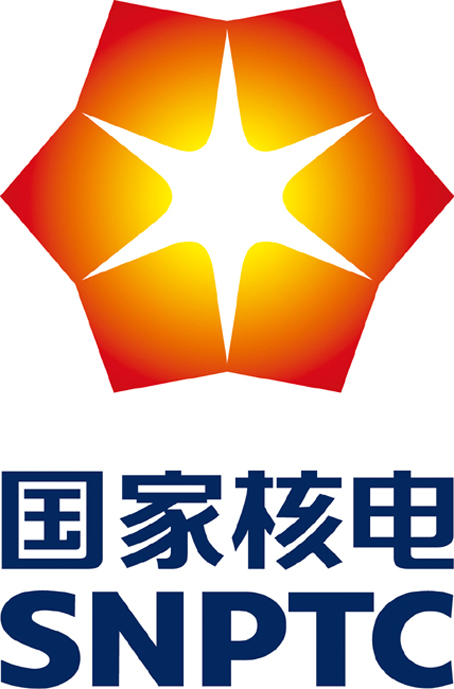So far I have discussed two major players in the Chinese nuclear industry, the China National Nuclear Corporation which is a conglomerate of over two hundred subsidiaries that cover all aspects of nuclear research and manufacture and the China Guangdong Nuclear Power Group which is building and operating nuclear reactors in southern China. I briefly mentioned the State Nuclear Power Technology Corporation (SNPTC) which was formed in 1994 to involve foreign companies and technology in the development of a Chinese nuclear reactor design.
The AP1000 is a new Westinghouse two loop pressurized water reactor design that is considered to be an advanced Generation III design. The design received final certification from the Nuclear Regulatory Commission in 2005. It has fewer parts and uses less concrete than earlier reactor designs. It also has special valves that will trigger in case of an accident even if the reactor operators do nothing which makes it a much safer design.
In 2006, the Chinese certified the new AP1000 design for construction in China and ordered four of the new reactors. The SNPTC was the general contractor for the project scheduled to beginning in 2008. The plan was for Westinghouse to provide the core technology and for China to provide the support work. Next, China would build more of the new design with China handling the core design and foreign companies providing the support work. Finally, China would build a wholly Chinese design with Chinese core technology and Chinese support work. This new design was dubbed the CAP1400.
Aided by their work with the Westinghouse AP1000 design, the SNPTC was instrumental in the development of the CAP1000, a Chinese version of the AP1000. the In 2008, the SNPTC, the Shanghai Nuclear Engineering Research & Design Institute (SNERDI) and Westinghouse began work on designing the CAP1400, a new version of the CAP1000 which would generate fourteen hundred megawatts. Westinghouse is also providing assistance to China in developing uranium fuel fabrication facilities and zirconium cladding production. China intends to develop their own uranium mines to provide uranium for nuclear fuel for their reactors.
The Chinese wanted to design and build their own reactors so that the cost per reactor could be lowered by up to fifty percent. In addition, when they built the CAP1400, they would have intellectual property rights and be able to sell the new reactors to other countries.
Following the disaster at Fukushima in 2011, the head of SNPTC said that an inspection of the fourteen operating nuclear power plants in China revealed fourteen problems that need to be rectified to insure safe operation. Some of them have been dealt with and others are still being worked on.
In 2013, the SNPTC signed a joint agreement with the Westinghouse Corporation to act as a qualifier for AP1000 equipment suppliers to the global nuclear power market. This is a welcome development for the global nuclear market place which needs reliable suppliers for nuclear technology.
My concern for the SNPTC is the same concern I have expressed before with respect to Chinese nuclear institutions. I fear that incompetence and corruption are a realistic threat to Chinese nuclear ambitions. In addition, the fact that not only are they going to be exporting reactors to other countries, the SNPTC is going to be certifying nuclear technology suppliers. That looks like a serious conflict of interest to me. Will the SNPTC be honest and fair about Chinese nuclear suppliers when comparing them to other suppliers in the marketplace?
State Nuclear Power Technology Corporation logo:
